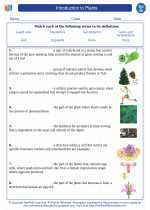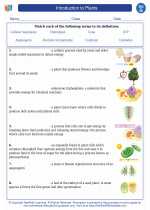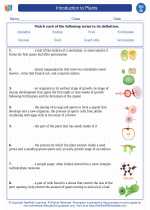Wind
Wind is the movement of air from an area of high pressure to an area of low pressure. It is caused by the uneven heating of the Earth's surface by the sun. As the sun heats the Earth's surface, the air above it also heats up and rises. This creates an area of low pressure. Cooler air then moves in to fill the space, creating wind.
Factors Affecting Wind
Several factors can affect the speed and direction of wind:
- Pressure Gradient: The greater the difference in air pressure between two points, the faster the wind will blow.
- Coriolis Effect: The rotation of the Earth causes moving air to be deflected to the right in the northern hemisphere and to the left in the southern hemisphere.
- Friction: The roughness of the Earth's surface can slow down the movement of air, affecting wind speed and direction.
- Local Conditions: Features such as mountains, bodies of water, and urban areas can also influence wind patterns.
Measurement of Wind
Wind speed is measured using an instrument called an anemometer, while wind direction is measured using a wind vane. The unit of measurement for wind speed is typically miles per hour (mph) or meters per second (m/s).
Impact of Wind
Wind plays a significant role in shaping the Earth's surface and influencing weather patterns. It can cause erosion, distribute seeds and pollen, and affect the formation of clouds and precipitation. Wind is also harnessed as a source of renewable energy through wind turbines.
Study Guide
Key points to focus on while studying wind include:
- Understanding the causes of wind, including the role of air pressure and temperature differentials.
- Exploring the factors that influence wind speed and direction.
- Learning about the instruments and units used to measure wind.
- Examining the impact of wind on the environment, weather, and human activities.
With a thorough understanding of these concepts, you will be well-prepared to explain the phenomenon of wind and its significance in the Earth's systems.
[Wind] Related Worksheets and Study Guides:
.◂Biology Worksheets and Study Guides High School. Introduction to plants

 Worksheet/Answer key
Worksheet/Answer key
 Worksheet/Answer key
Worksheet/Answer key
 Vocabulary/Answer key
Vocabulary/Answer key
 Vocabulary/Answer key
Vocabulary/Answer key
 Vocabulary/Answer key
Vocabulary/Answer key
 Vocabulary/Answer key
Vocabulary/Answer key
 Vocabulary/Answer key
Vocabulary/Answer key
